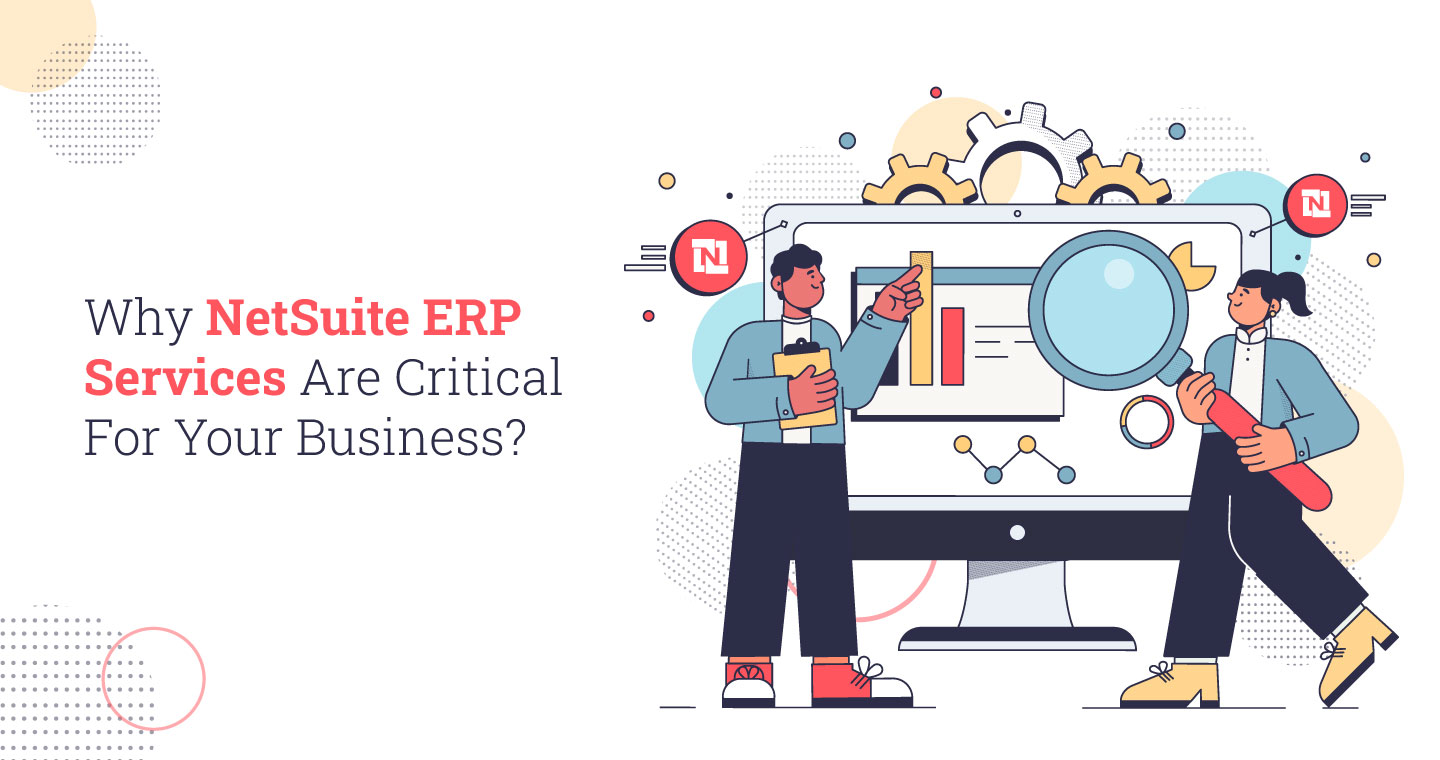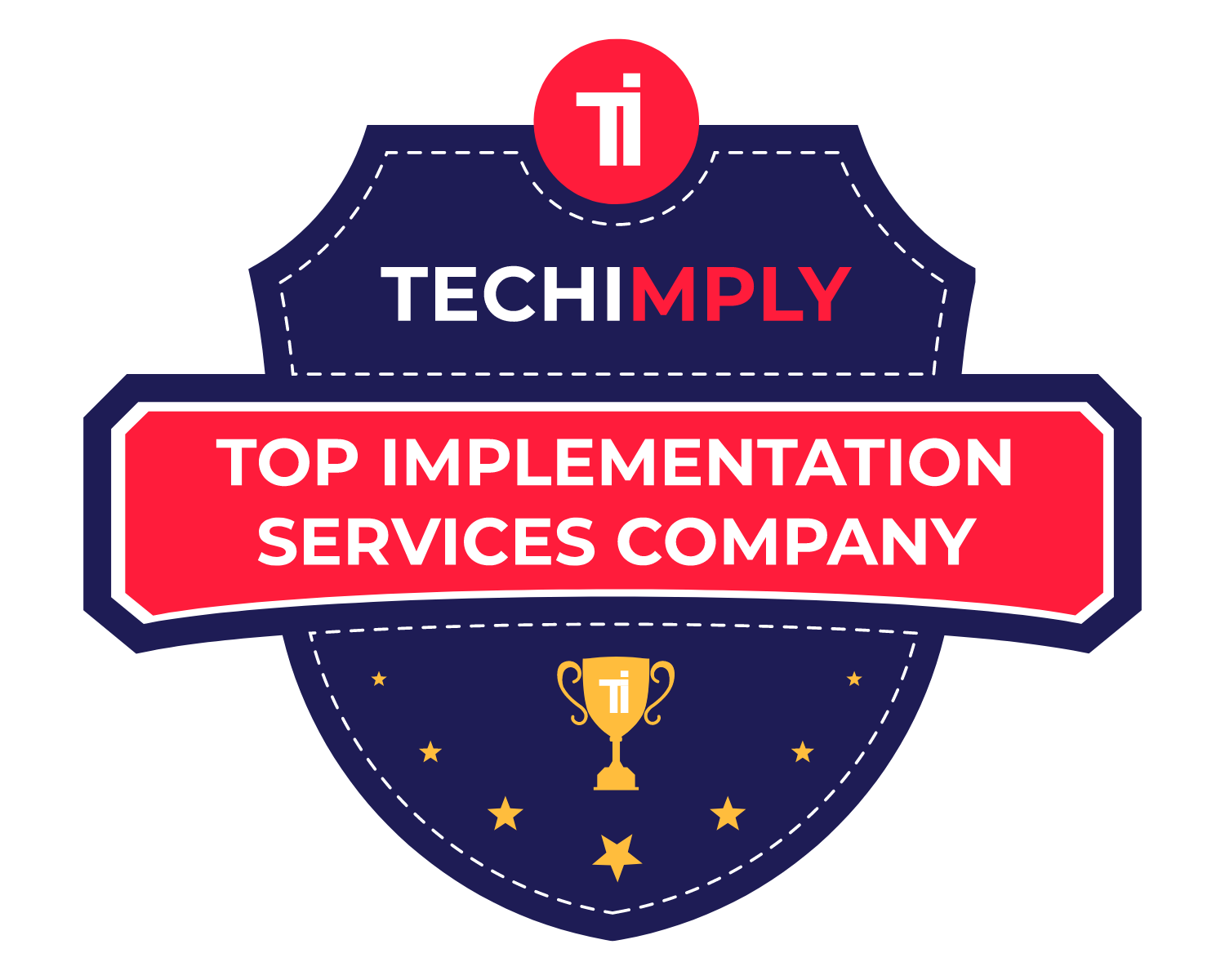Effective inventory control is crucial to business success, ensuring smooth operations and leaving customers happy and satisfied. But still, most of the small and medium-sized businesses are operating on outdated systems such as scattered Excel spreadsheets. These systems lack the ability to provide a comprehensive picture of inventory activities and result in inefficiency and costly mistakes. To overcome these challenges, NetSuite Inventory Management emerges as the need of the hour.
What is NetSuite Inventory Management?
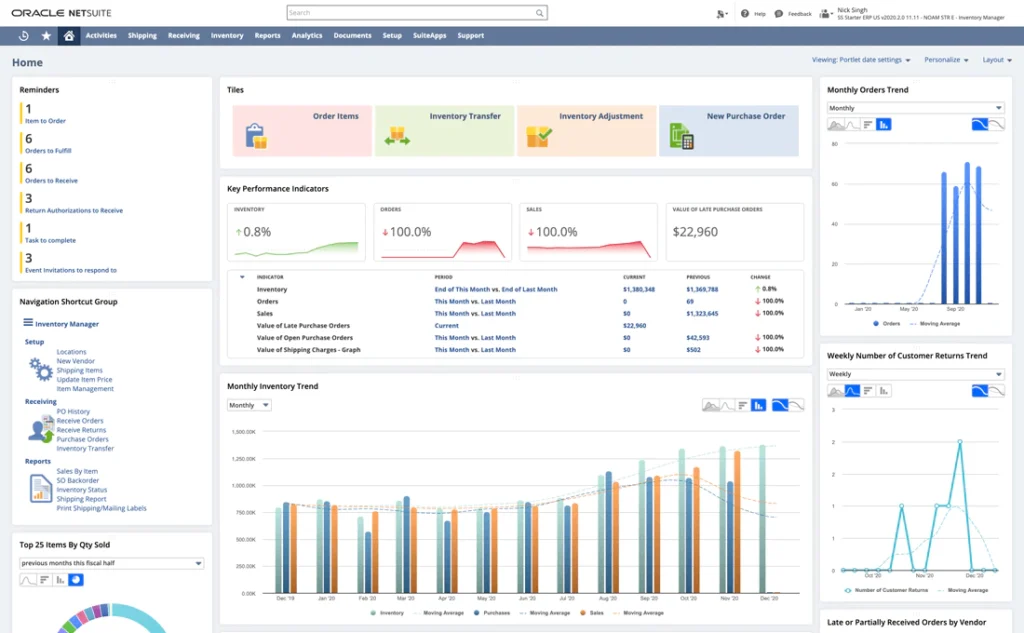
As a cloud-based solution, NetSuite Project Inventory Management provides a real-time, integrated view of inventory across every sales channel and business location. These include warehouses, store locations, third-party logistics providers (3PLs), pop-up stores, and drop shippers. With the implementation of such a system, companies will be able to track and manage stock from one place, improving efficiency and accuracy.
Top 7 NetSuite Inventory Management Features

NetSuite Project Inventory Management offers a powerful set of features designed to help businesses track, control, and optimize stock across all locations with accuracy and efficiency. These include:
1. Demand-Based Replenishment
NetSuite dynamically calculates reorder points using sales history, seasonal trends, and lead times, ensuring that stock levels are optimized and adjusted automatically to meet future demand.
2. Cycle Counting
Smart Count enables inventory to be counted on mobile devices without freezing operations, tracking real-time activity during the count and alerting users to changes for improved accuracy and efficiency.
3. Inventory Tracking & Visibility
NetSuite provides real-time visibility into inventory levels and item movement across all locations. This feature allows the team members to make more accurate decisions while dealing with the probabilities of stockouts or overstocking.
4. Traceability & Lot/Serial Management
Businesses can trace inventory forward and backward using lot and serial numbers, enabling fulfillment strategies like FEFO and ensuring efficient stock usage and regulatory compliance.
5. Barcoding & IoT Integration
Barcode scanning and IoT tools such as GPS and RFID streamline inventory tracking by reducing manual data entry and providing automated, real-time updates across the supply chain.
6. Multi-location Fulfillment
The system allows businesses to set predefined fulfillment rules and manage inventory across multiple sites, helping reduce shipping costs, avoid split shipments, and quickly transfer stock during shortages.
7. Item 360 Dashboard
The Item 360 Dashboard consolidates all item-related data, including KPIs, stock by location, and alerts, into a single view, making inventory planning and monitoring more efficient and accurate.
8 Key Business Benefits of Using NetSuite Inventory Management
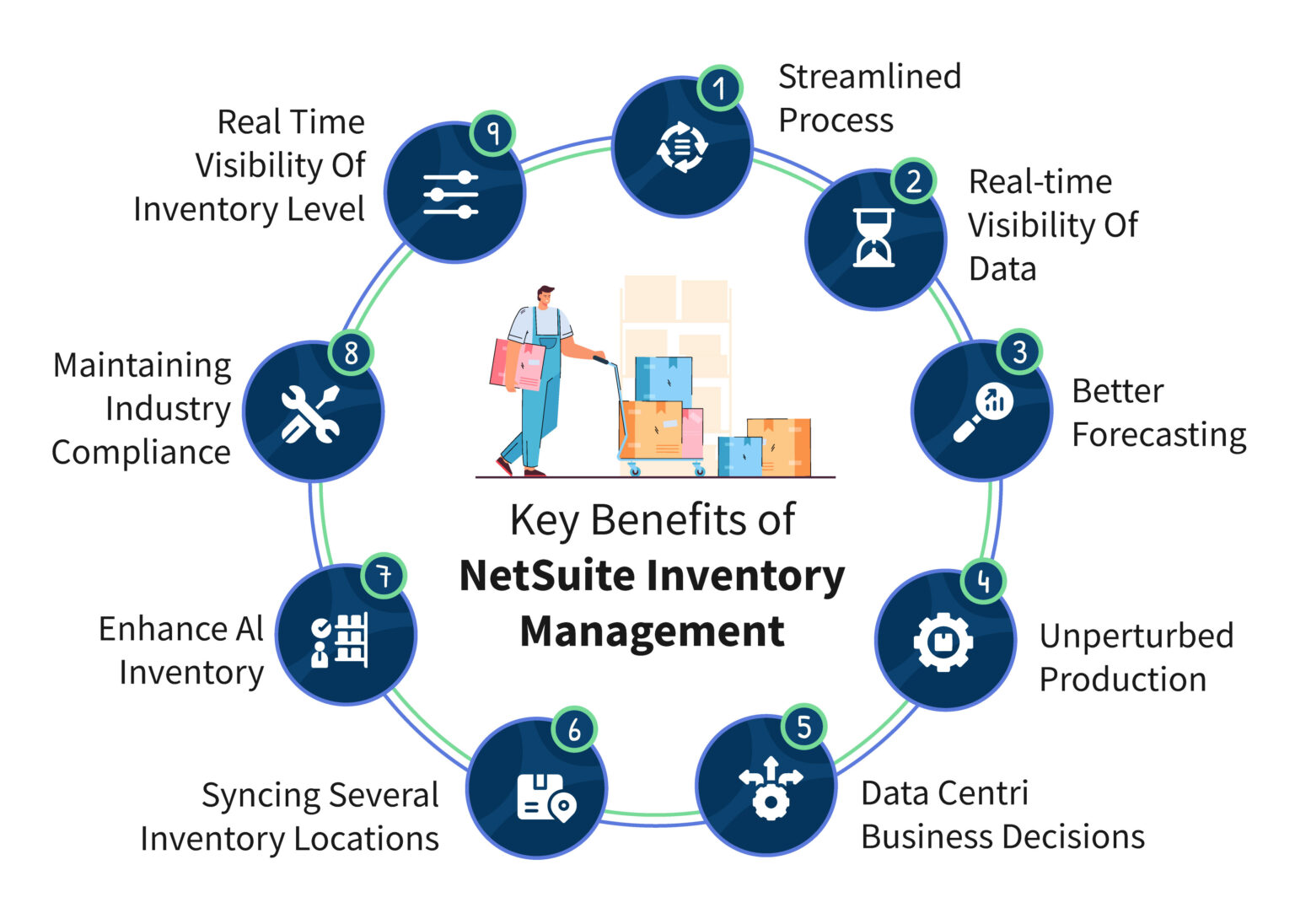
Project inventory management, integrated with the powerful NetSuite ERP system, helps businesses manage their inventory more effectively, reduce costs, and improve efficiency. The following are the key advantages offered by NetSuite project inventory management for businesses:
1. Streamlining Processes
NetSuite streamlines and quickens activities such as stock counting, goods receipt, and order fulfillment by utilizing methods such as RFID and barcode scanning, among others. All these tools eliminate human mistakes in manual data entry and enable staff to avoid doing repetitive manual tasks. This makes everyday inventory work faster and more accurate.
2. Real-Time Visibility of Inventory
NetSuite provides real-time insight into inventory levels across all the warehouses, departments, and locations. It confirms stock levels precisely, prevents over-ordering or stockouts, and empowers the teams to make faster, better decisions. There is a transparent visibility of how information is getting changed in real-time from sales to fulfillment, enhancing coordination and working efficiency of the business.
3. Better Forecasting
NetSuite collects and analyzes inventory information to establish trends and patterns of customer demand. This allows businesses to know the amount of inventory that they will require in the future. Accurate and correct forecasting guarantees you have appropriate levels of stock at the proper times, thus preventing overstocking or stockouts.
4. Data-Centric Business Decisions
Businesses can make intelligent choices based on figures and facts through the use of reports and analytics built into NetSuite. This assists in saving money from not carrying excess stock or losing sales from lack of stock. It also enables them to make more intelligent future purchasing and operating decisions.
5. Uninterrupted Production
NetSuite helps avoid stock shortages that can stop production. With accurate NetSuite demand forecasting and lead times, businesses will ensure that production lines never need to stop due to the lack of materials. This smooth supply of materials keeps operations running without delays or interruptions.
6. Syncing Several Inventory Locations
NetSuite enables companies to view and monitor stock across multiple warehouses, distribution facilities, stores, and even supplier sites. It is important to note that having a centralized view makes it easier for the companies to reconcile inventory from location to location and prevents stock-outs at one location and overstock at another location.
7. Optimizing Inventory Levels
NetSuite helps keep the right stock at the right time and cost. This means that the system ensures that you carry just enough stock neither too much nor too little while also keeping costs low. This optimization supports business growth, as it becomes easier to manage larger inventories without confusion or waste.
8. Maintaining Industry Compliance
NetSuite helps businesses in adhering to accounting and inventory rules, such as the Generally Accepted Accounting Principles. NetSuite ensures that inventory amounts are correctly posted and reported, which is crucial in order to give accurate financial reporting and compliance with laws and regulations.
Step-by-Step Process of NetSuite Inventory Management
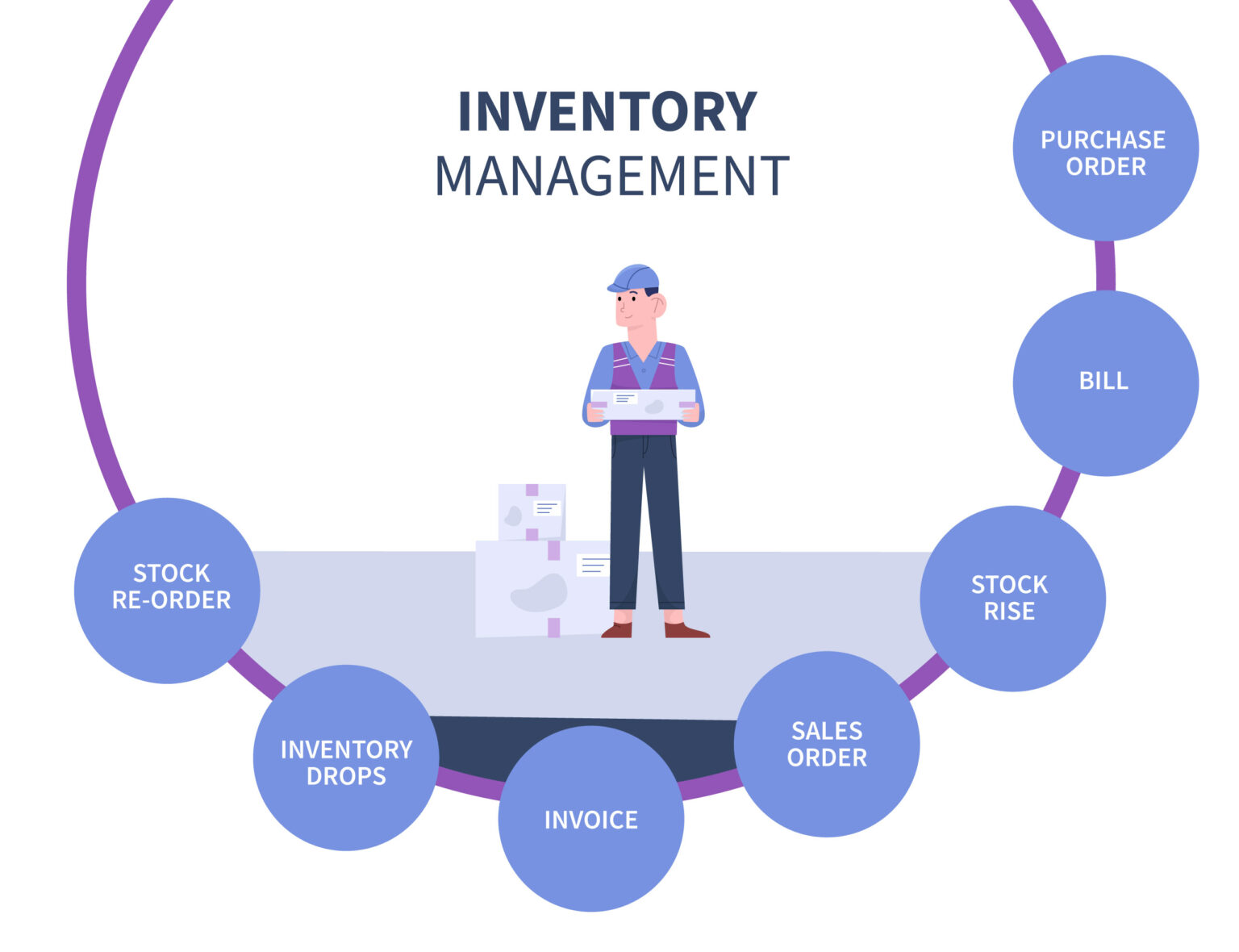
Effective inventory management with NetSuite follows the clear steps to optimize stock control and streamline operations. Together, these steps create a structured process for businesses which is as follows:
Step 1 Identify Inventory Challenges
The initial step towards NetSuite inventory management is to define specifically the inventory issues your company is facing. With this information, the system can be adjusted to solve your particular needs in the most optimal manner.
Step 2 Understand User Roles and Integrations
Next, you need to determine who will be operating the inventory system and balance any integrations required, like Electronic Data Interchange (EDI). This makes it simple to communicate between various aspects of your supply chain and internal departments.
Step 3 Focus on Key Features
NetSuite emphasizes three fundamental inventory management features: automated restocking to maintain optimal stock levels, cycle counting to enable regular and accurate inventory audits, and traceability to monitor stock movement throughout the supply chain.
Step 4 Utilize Real-Time Data and Analytics
Modern inventory planning demands near real-time data collection and reporting. NetSuite provides powerful analytics tools that empower inventory planners to make data-driven, timely decisions to maximize stock control.
Step 5 Review Case Studies
Finally, analyzing other business firms’ case studies and success stories utilizing NetSuite can provide you with an idea and best practices. This helps companies implement the system effectively and maximize their inventory management benefits.
Challenges NetSuite Inventory Management Solves
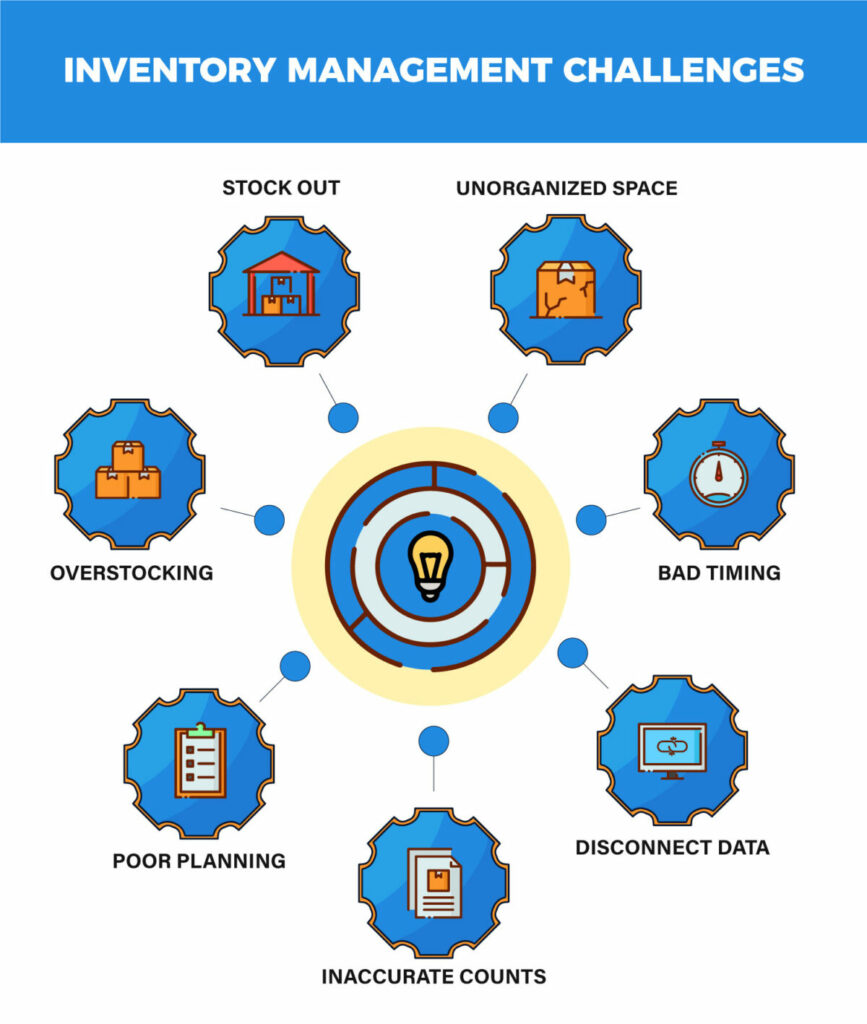
NetSuite inventory management helps businesses overcome several common challenges that often complicate effective inventory control and planning. These are as follows:
1. Manual Reporting
Manual inventory reporting is often inaccurate and time-consuming. NetSuite eliminates this problem by automating reporting processes, ensuring faster and more precise inventory insights.
2. Inefficient Utilization
Many businesses struggle with excess inventory in some locations while facing shortages in others. NetSuite improves stock distribution to prevent such inefficiencies.
3. Inaccurate Planning
Poor inventory planning can lead to stockouts, excess inventory, increased discounting, and costly write-offs. NetSuite’s forecasting and analytics help minimize these issues by supporting better planning.
4. Excessive Inventory Handling
Unnecessary handling of inventory increases the cost of goods sold (COGS). NetSuite reduces this excessive handling by streamlining inventory processes.
5. Lack of Visibility
A lack of visibility hinders tracking and traceability of products from suppliers to customers. NetSuite offers end-to-end visibility throughout the supply chain, allowing better transparency and control.

How Much Does NetSuite Inventory Management System Cost?
Business organizations of every size, from small startups that are just emerging to rapidly growing businesses, are choosing NetSuite to make their operations easy. If you are also searching for the ways that will help you grow your business management, then NetSuite project inventory management is the perfect tool for you.
NetSuite is an annual subscription system with a license fee. This is typically divided into three components: the core platform, the other optional modules you choose, and the number of user licenses you require. There is also a one-time implementation cost to get your system up and running smoothly. With the abilities of adding more modules and users with cloud-based software from NetSuite, you are able to adapt your system to your company’s expansion.
The bonus is that the inventory management functionality is included in the base platform license fee of NetSuite, providing you with the powerful tools without any extra fees.
Are you looking for expert guidance to make the most of your NetSuite investment? VNMT Solutions stands out as one of the top NetSuite consulting partners. Our highly experienced professionals can help you implement, customize, and optimize NetSuite solutions that are specifically tailored to address your firm-specific needs.
Ready to get started? Contact VNMT Solutions today to transform your inventory operations with NetSuite.
Follow VNMT Solutions on LinkedIn to stay updated with the latest NetSuite tips, insights, and success stories.




